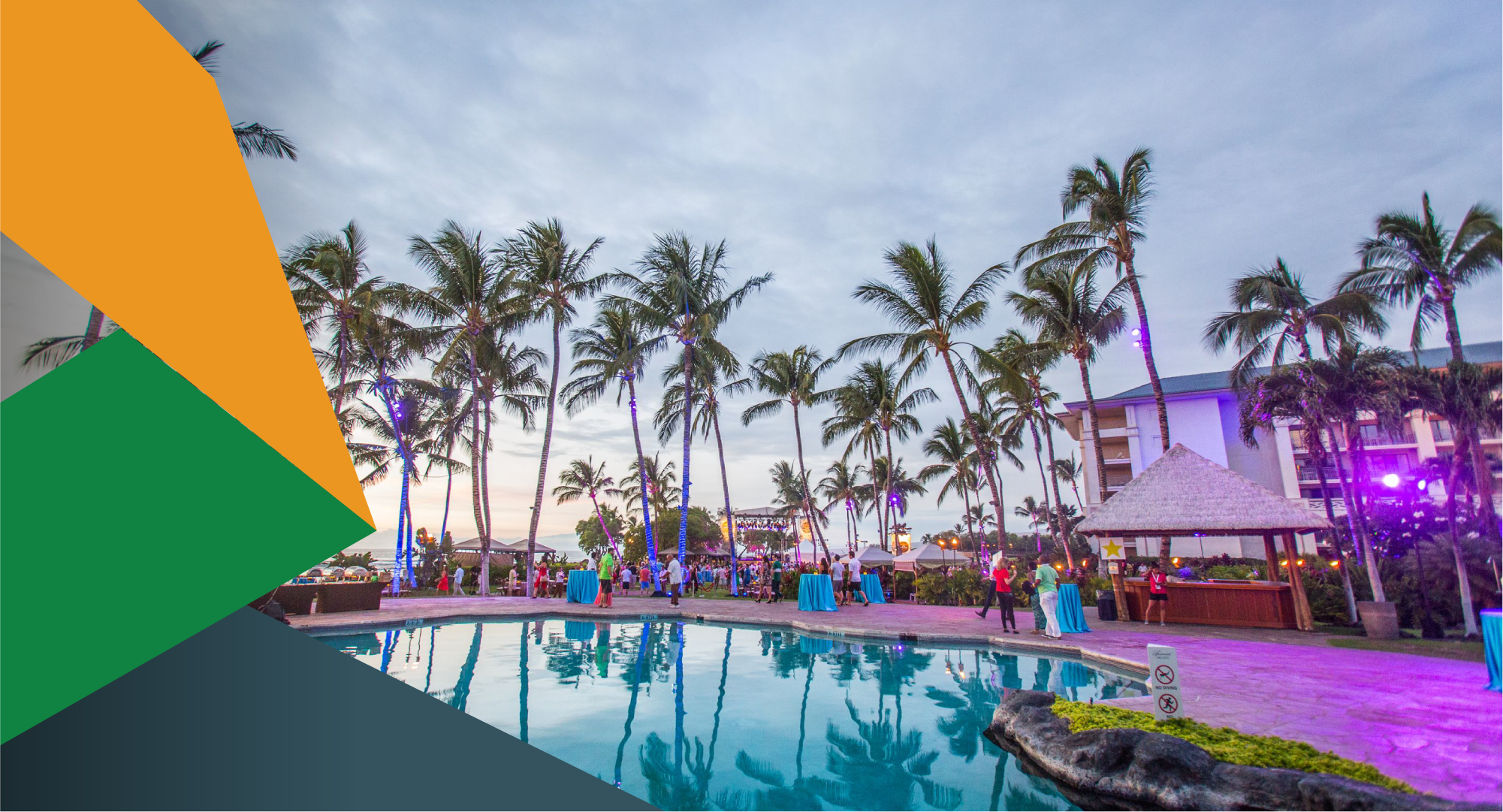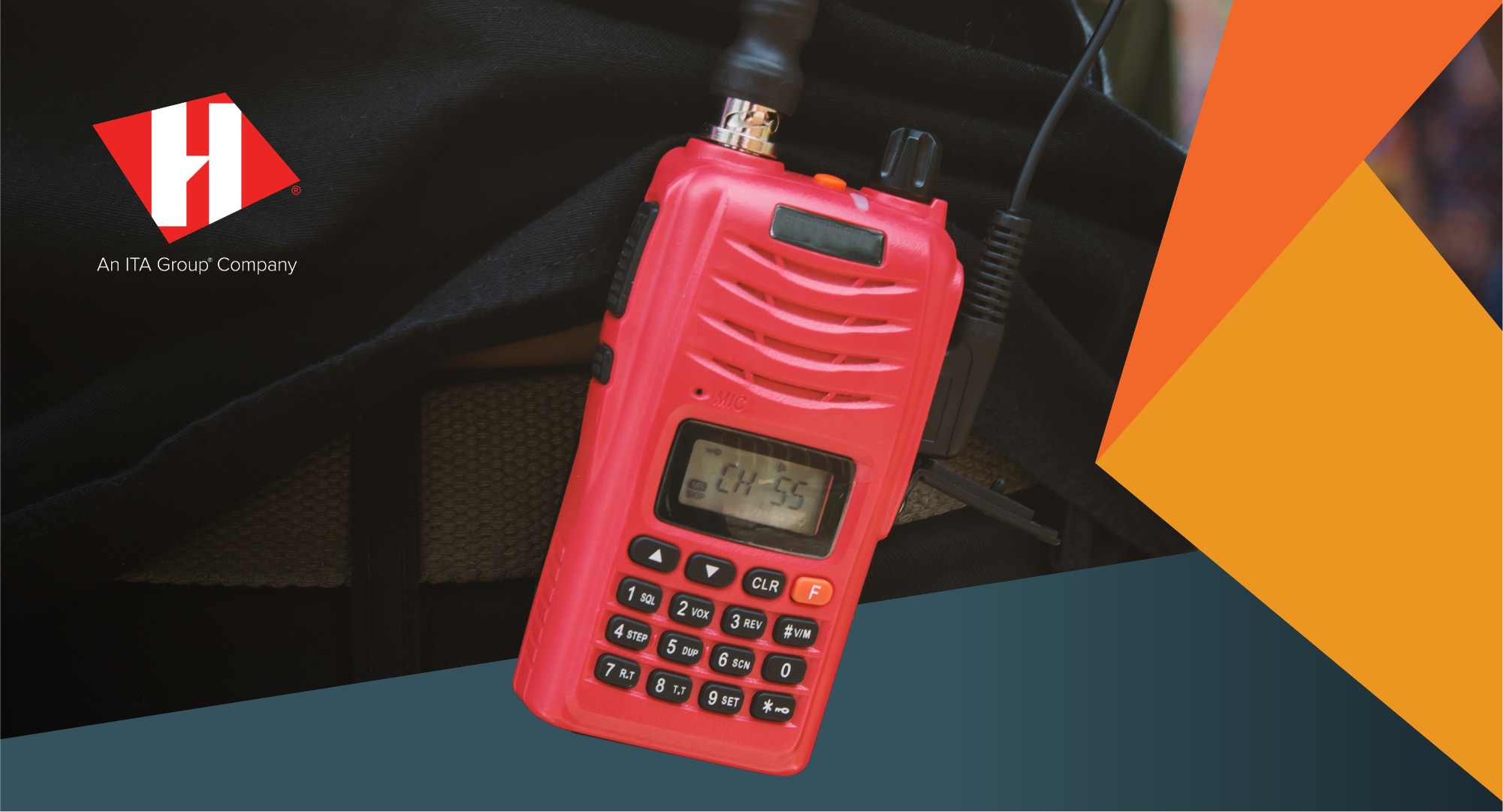How to Develop a Security Plan for Corporate Events
Tuesday August 19, 2025
5 Min Read
What you need to know
- Security planning isn’t extra; it’s an essential element of successful event design.
- Approach event safety as an experience aligned to attendee satisfaction.
- Identify vulnerabilities and proactively mitigate risks through comprehensive planning efforts.
Before attendees fully engage in an event experience, they must feel safe. That’s why security planning is foundational for successful live events, at any scale. From hosting a group of executives for an intimate dinner to a city-wide celebration in the streets: behind every seamless experience is a well-designed safety strategy.
The best safety plans are often invisible to attendees, but deeply intentional. Security is more than emergency preparedness. Crowd flow, access control, and clear communications give attendees peace of mind. When people feel comfortable, they stay present and focused on content. Blending a visible and discreet security presence signals care and enhances your brand credibility.
Getting started with live event safety planning
Your approach to event security should match the size, complexity, and risk profile of each specific event. Successful event security planning is a production manager’s responsibility, but it requires a team effort. Collaborating internally, with corporate security, venue teams, and local authorities builds trust long before the event takes place.
Site visits help identify vulnerabilities like access control, weak perimeter security, event logistics, severe weather exposure and medical response. Collaborate with venue staff to solve risks before they become issues. Review the entire ground plan to prevent injuries, considering the safety of your setup crew, staff and attendees.
Small-scale event security: Start with credential control, guest list verification and a discreet presence that doesn’t overwhelm attendees.
Mid-scale event security: Develop credential tiers, define access points and plan for staff rotations.
Large-scale event security: Expand operations to create a full-scale safety ecosystem. Coordinate with local authorities, including police, emergency services, city officials and public works. Even homeland security, if necessary.
Every event should have emergency communication and evacuation plans. Build flexibility into the team and monitor current events in your host city and globally to flag potential safety and security threats.
If activating a plan becomes necessary, production managers don’t make the final call in a vacuum. They seek sign-off from corporate security, align on risk thresholds, and adjust based on their feedback.
Managing access control and event credentials
Event credentials are more than a colorful lanyard and keepsake nametag. Beyond representing the brand experience, security teams use credentials to keep the event running smoothly. They prevent outsiders from blending in. No sticker, no entry.
Environmental control: Credentials are a visual system to define access control, preventing bottlenecks at entry and exit points. They keep the experience friction-free, without guests feeling policed.
Instant identification: Lanyard colors, badge ribbons, or embedded holograms help security teams quickly spot executives, dignitaries, or speaker talent in crowded venues.
Emergency communications: Badges can include printed emergency numbers or quick-access contact info, helping attendees get help fast when needed.
Why safety planning boosts event attendee satisfaction
Security isn’t solely about managing risk. It’s demonstrating leadership and being ready before anything happens. From emergency evacuation procedures to threat assessments, a security plan lays out a clear process if unfortunate circumstances arise.
Organizations that invest in safety planning send a clear message to their decision-makers: your well-being matters. When attendees arrive in an organized, calm event environment, they feel taken care of. That kind of care enhances brand credibility, increases participant satisfaction, and elevates organizational pride. With security clearly in place (or discreetly integrated), corporate teams can stay focused on their message, not managing last-minute logistics.
Want to know other ways event production experts contribute to successful live events? Read our Q&A about creating cost-saving efficiencies.
Read more stories
View AllAll Posts
Event Design for All 5 Senses
What you need to know When people ask about the lasting impression of an event, the question is often framed around flavor: What kind of taste did the experience leave? Content and messaging matter. But for creative event marketers who want to create a positive memory, incorporating multisensory elements is a must. Caring for the...
5 Min Read
All Posts
How Event Strategy Enhances Incentive Travel Experiences
What you need to know When top performers achieve career heights, they’re looking for more than spectacular views. Earning a corporate incentive trip signals entry into an elite circle. Especially when organizations merge luxury settings with high-impact events that participants could never coordinate on their own. Appealing to competitive personalities requires activations that go beyond...
4 Min Read
All Posts
How to Develop a Security Plan for Corporate Events
What you need to know Before attendees fully engage in an event experience, they must feel safe. That’s why security planning is foundational for successful live events, at any scale. From hosting a group of executives for an intimate dinner to a city-wide celebration in the streets: behind every seamless experience is a well-designed safety...
5 Min Read



